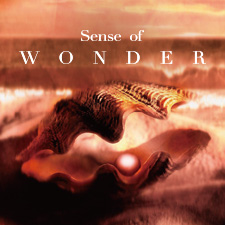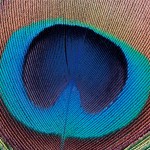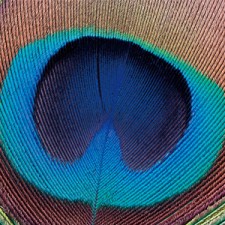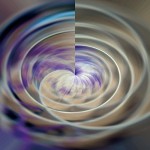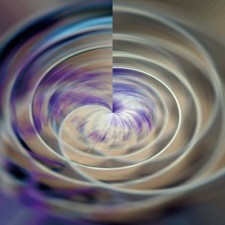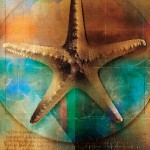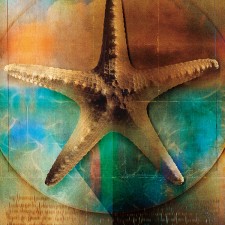◉ When “wondrous senses” are mentioned, it is usually some sixth sense like “second sight” or precognition that comes to mind. While many such phenomena can be explained as the result of complex interactions between the regular senses, they remain difficult to study with a straight-forward scientific approach. Meanwhile, as we fuss with our headphone stereos and cell phones, we are becoming increasingly indifferent to the signs of our surroundings. Our excessive concentration on vision and hearing masks out the other senses, and is becoming a great impediment.
◉ If we put second sight and precognition aside for the science of the future, and consider our “normal” senses that we supposedly all share as a matter of course, they turn out to be not that robust either. There is no guarantee whatsoever that one person’s “sunset red” is the same as somebody else’s “sunset red.” In areas that are subject to personal preferences, like music or food, it is even worse. Our senses too are influenced by our experiences and social systems.
◉ How we sense the universe depends on our culture. The Onge tribe of the Andaman Islands in the Indian Ocean grasp the world through smells, while the Tzotzil of Mexico consider heat the essential element of the world. One cannot unambiguously say which of our five senses is dominant.
◉ In fact, the very notion of five senses is culturally determined. In Buddhism, spirit is considered a sixth sense, while the Hausa of Nigeria divide their sensory impressions into only two classes: vision and the rest. The familiar Western division into five senses – vision, hearing, smell, taste and touch – derives from Aristotle. Contemporary science further divides touch into perception of motion, temperature, pain, and a range of other specialized sensations. Then there are people who make a case for other sense-like abilities, such as the linguist Noam Chomsky, who claims we have an innate linguistic language capability. It has also been discovered that human infants possess a kind of sonar ability, and can perceive the outside world by making sounds and sensing their reflections, like bats, and that humans have a rudimentary sense of magnetism.
◉ The overwhelmingly dominant sense in today’s culture is vision. The sounds and smells of everyday life tend to get treated as noise and stenches, and are eliminated across the board. According to Marshall McLuhan, the trigger for (Western) civilization’s migration from a hearing-based to a visual-based culture was the invention of the alphabet. Previously, spoken language had been the most important means of acquiring knowledge, but with the use of written letters, vision took over. Then, following the advent of printing technology, photography, cinema and television, visual culture grew stronger and stronger, while at the same time afflicting society with increased depersonalization, individualization, and specialization. And lest we forget, science too was able to develop for the first time by making full use of vision.
◉ That being said, there is no denying that vision is quite different from the other human senses. To begin with, it is our most virtual sense. Compared to smell or hearing, where the “phase distance” between the sensory receptors and the corresponding locations in the cerebral cortex is extremely short, visual data requires a very “long” process. The data received by the retina is sent as it is trough the cerebrum to the visual cortex at the back of the head, where it isn’t processed either but bounced back, like waves striking a rock, to various cortical areas further forward. As a result, visual processing involves many different areas in the neocortex, and as the long way through that process requires a large number of “calculations,” the degree of data conversion also goes up. We don’t really see what is there in front of our eyes. What we see is an image that our brain has created based on signals from the sensory organs. For example, the image projected on the retina is distorted at the periphery due to the nature of the lens, but the image we see projected on the screen in our heads has been corrected for this distortion by the brain. One reason why photographs are so different from our visual experiences is also because of the brain.
◉ Most mammals do not see color as color, but only use them to distinguish between light and dark. It wasn’t until around 30 million years ago that certain ancestors of monkeys evolved eyes that were sensitive to red. With some exceptions, even today’s monkeys tend to get anxious by red light and dislike red things. In humans, the receptors for red and green color vision are concentrated in the center of the retina. Red is apparently the most fundamental color. One might think that an objective definition of red should be possible based on the wavelength of the light, and many scientists have indeed proposed such definitions of “pure red,” but it appears that we can’t really view that objectively defined color. It turns out that the human eye is almost insensitive to the supposedly most vivid nuance of red. It is a color created by the brain that only comes alive when projected on the screen inside our heads.






